You’ve probably heard the saying, “You never get a second chance to make a first impression.” This holds true for sales pages. When someone lands on your page, you have a very short window to convince them that what you offer is the solution to their problem.
Whether you’re selling an online course, product, program or service, your sales page is your chance to turn visitors into customers. The key? Crafting a compelling and strategic page that speaks directly to your audience’s needs.
Why Your Sales Page Matters
In a world where attention spans are shrinking, your sales page serves as your first (and possibly only) chance to connect with potential customers. It’s more than just a description of what you’re selling — it’s your opportunity to tell a story, establish trust and motivate action. The goal? To convince visitors that your course, product or program is exactly what they need.
But how do you do that? Let’s break it down!
1. Know Your Audience
Before you can convert visitors into customers, you need to know who they are and what they want. Without a clear understanding of your audience, your sales page will fall flat.
Start by asking yourself:
- What are they struggling with?
- How does that problem affect their daily life?
- Where do they hang out online?
- What other solutions have they tried?
- What are they willing to sacrifice to solve this problem?
Answering these questions will help you write a sales page that feels personalized and resonates with your audience. The more you understand their pain points and desires, the easier it is to speak directly to them.
2. A Headline That Grabs Attention
Your headline is the first thing people see when they land on your sales page and you only have a few seconds to grab their attention. Think of your headline as the hook — it needs to speak to their problem and promise a solution.
Here’s a great formula:
- Address the problem
- Offer a solution
- Create intrigue
For example, the headline for our signature program — the Experience Product Masterclass, reads:
Skyrocket Your Income With the New Kind of High-Impact Online Course — Guaranteed.
This headline works because:
- It speaks directly to the visitor’s goal (to make more money).
- It introduces a solution (a high-impact online course).
- It creates intrigue by mentioning a “new kind” of course.
If you’re unsure about your headline, write 10, 20 or even 50 versions until you find one that sticks. A strong headline is the foundation of your sales page’s success.
3. A Subheadline That Keeps Them Reading
Once your headline grabs their attention, your subheadline needs to keep them interested. The subheadline is where you can dive a little deeper into the value of your offer.
For example, the subheadline for the Experience Product Masterclass reads:
A proven 12-week program to validate, create, launch and successfully sell your very own Experience Product — the new kind of “high profit” course taking the world by storm.
This subheadline does a great job of clearly communicating the value of the course: in 12 weeks or less, students will have a profitable course ready to sell.
4. Add a Hero Image (Optional but Powerful)
While optional, a well-chosen hero image can add a lot to your sales page. A hero image is a high-quality, relevant picture that complements your headline and subheadline, drawing people in visually.
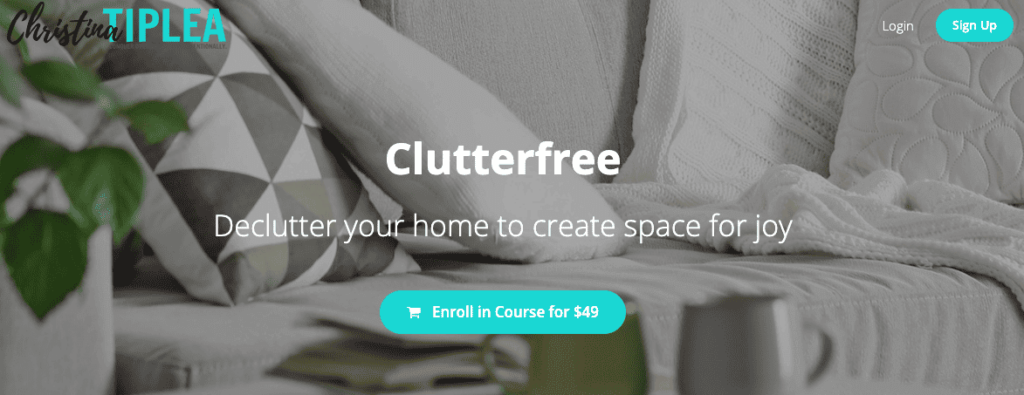
For example, if your course is about meal prep, you could feature an image of a family sitting down to a healthy, home-cooked meal. Or, if your course is about yoga for moms, show a relatable, calm scene of a mom practicing yoga in her living room.
Another way to use a hero image is a product mockup. Since online courses are digital, doing this can give an important boost to the perceived value of your course… you show AND tell as opposed to just telling…
We do this on our summary sales page. This is the shorter version of our long sales page that we use on our LIVE Workshops and webinars. Instead of a hero image at the top, we include product mockups for each module in the Experience Product Masterclass.

This breaks up the sales page while also helping prospects visualize each module and what they’ll get to learn, do and achieve as they make their way through our course.
The goal is to use the hero image to convey the benefits of your course or product and create an emotional connection.
5. Include a Sales Video (Optional)
Video can be a powerful tool for making a personal connection with your audience. Whether it’s you speaking directly to the camera or a simple slideshow with narration, a video can give your potential customers a sense of who you are and what they can expect from your course.
Don’t worry about creating a Hollywood-quality production — your video just needs to be authentic. If video editing isn’t your thing, consider hiring someone on platforms like Fiverr or Upwork to help you out.
6. Strong Call-to-Action (CTA) Buttons
A call-to-action (CTA) button is a simple but crucial part of your sales page. It’s where you invite your visitors to take the next step and enroll in your course or buy your product.
Your CTA buttons should:
- Stand out with a contrasting color.
- Use strong action-oriented phrases, like:
- Enroll Now
- Claim Your Spot
- Get Instant Access

Notice how our “ENROLL IN EPM” CTA is in a color that clearly stands out from the white background. It’s also clean and easy to read.
Place your CTA buttons throughout the page so visitors can take action whenever they’re ready, not just at the bottom.
7. Share Your Story
Your story is what connects you to your potential customers. It’s where you show that you understand their problem because you’ve been there, too. Use this section to relate to your audience and build trust.
For example, in my own story, I share how I was an artist with “no marketable skills” who figured out how to build a successful business anyway. Sharing your journey lets your audience know that you’re a real person who has walked the path they’re on.
8. Give a Bird’s Eye View of Your Course
People like to know what they’re getting before they buy. A bird’s eye view of your course gives them an overview of the modules or lessons, showing them how they’ll progress from start to finish.
This doesn’t need to be a super-detailed syllabus but a simple outline that shows the steps they’ll take to achieve their goals.
9. Add Social Proof
Social proof, like testimonials and success stories, is one of the most powerful ways to build trust. People are more likely to buy if they see that others have had success with your course.
If you have testimonials, include them throughout your page. If you’re just launching, consider running a beta version of your course and offering discounts or bonuses in exchange for feedback and testimonials.
10. Highlight Your Instructor Bio
Your bio doesn’t need to be long, but it should give potential customers confidence that you’re the right person to help them. Include a few sentences about who you are, your qualifications and why you’re passionate about solving their problem.
11. Offer Bonuses
Bonuses can sweeten the deal and help overcome objections. Think about what additional value you can offer to enhance your course. Maybe it’s a workbook, a 1:1 coaching call or a community group where they can get support.
Whatever it is, make sure it’s relevant to your course and adds value.
12. Include an FAQ Section
The FAQ section is your chance to address any last-minute doubts or questions that could be holding someone back from buying. Think about the most common objections and answer them here in a friendly, conversational tone.
13. Reveal the Price
Finally, it’s time to reveal the price. You can either display the price directly on the page or after the CTA button is clicked. Showing the price alongside the bonuses and value your course provides can help reinforce that what you’re offering is worth the investment.
Wrapping It Up
Creating a sales page that converts doesn’t have to be overwhelming. By following these 13 key elements, you can create a page that speaks directly to your audience and guides them to take action.
Remember: your headline and subheadline are the most important pieces, so focus on nailing those first. Once you’ve hooked your visitors, the rest of your page should naturally guide them toward enrolling in your course or buying your product.
What was your biggest takeaway from this post? Drop me a comment — I’d love to know!
Before you go…
Get Instant Access to my FREE Dopamine Button Guide!
Inside, you’ll discover 3 little-known brain hacks that skyrocket your course engagement & sales…
Here’s the thing: the “old way” of designing and launching courses just isn’t cutting it anymore.
If you want to attract students who buy and keep buying (not to mention send referrals your way!)…
You need to do things differently.
Enter the Dopamine Button — the super-secret button in your students’ brains that you can leverage to create incredible results for them AND repeat sales for you.

















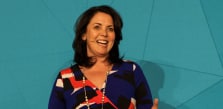
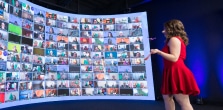



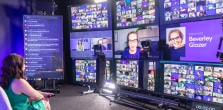




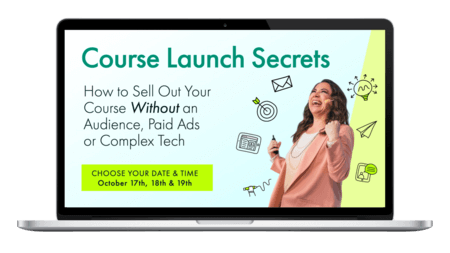
Leave a Comment